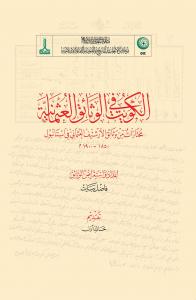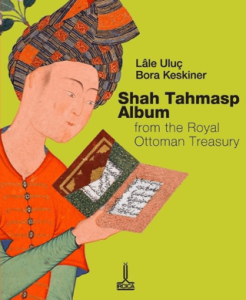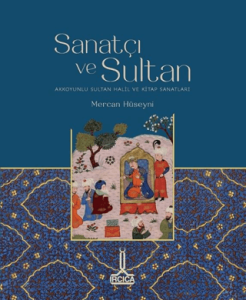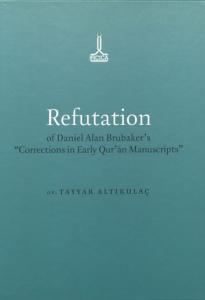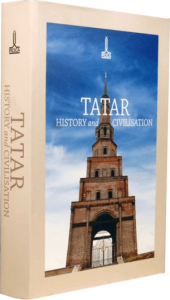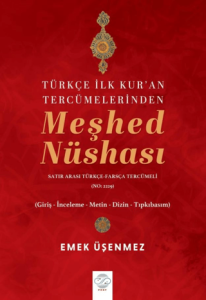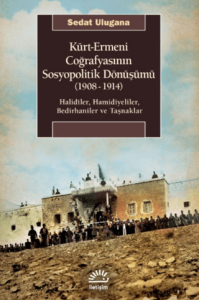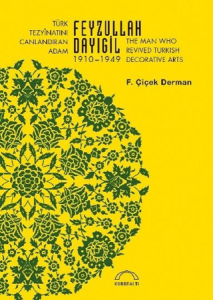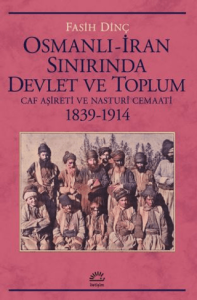Osmanlı Tabii ve Tatbiki Bilimler Literatürü Tarihi - 2 Cilt Takım History of the Literature of Natural and Applied Sciences During the Ottoman Period - 2 Vols

This sixth book in the series titled History of Ottoman Literature of Science gives bibliographic information on the scientific works books, treatises, articles, reports, legal documents, etc. - that were produced in the fields of natural and applied sciences during the Ottoman period (1299-1923) over the geographical area covered by the Ottoman state, together with biographical information on their authors. The branches of science covered in the book are: physics, chemistry, meteorology, botanic, zoology, geology, engineering, agriculture, animal husbandry, forestry, construction, gastronomy, precious stones. A total of 3354 works are recorded. The authors of 2407 of them are known, while the authors of 926 works recorded are unknown. 15% of the works recorded are in the field of physics and applied physics; 20% on chemistry and applied chemistry, 0.8% on precious stones, minerals and geology, 29% on botanic and agriculture. A considerable part of all works recorded are translations; in the early centuries most of the translations were done from works written originally in Arabic and Persian, but starting from the 17th-18th centuries translations were done from European languages - English, French, German, Italian and Latin, mostly from French. Following the establishment of European-style educational institutions in the Ottoman state during the 18th and 19th centuries, introducing the teaching of modern mathematics, physics, chemistry, biology, zoology, botanic and technical subjects in higher education, a reform started and gained momentum with the translation of numerous works from European languages into Turkish and Arabic. From the 1880s onwards innovations made in Europe were followed closely by scientists of the Muslim world, especially in the fields of medicine, agriculture, veterinary science, forestry. The techniques of photography, telephone, telegraph, electricity production, underwater exploration, medical research and techniques such as the works of Koch and Pasteur, the X-ray, as well as automobile and aircraft manufacturing, were soon transferred and put to application. The books published previously in this series were on the scientific literature in astronomy, mathematics, geography, music, military arts and science. The next publication will cover the literature in medicine, dentistry and pharmacology.
This sixth book in the series titled History of Ottoman Literature of Science gives bibliographic information on the scientific works books, treatises, articles, reports, legal documents, etc. - that were produced in the fields of natural and applied sciences during the Ottoman period (1299-1923) over the geographical area covered by the Ottoman state, together with biographical information on their authors. The branches of science covered in the book are: physics, chemistry, meteorology, botanic, zoology, geology, engineering, agriculture, animal husbandry, forestry, construction, gastronomy, precious stones. A total of 3354 works are recorded. The authors of 2407 of them are known, while the authors of 926 works recorded are unknown. 15% of the works recorded are in the field of physics and applied physics; 20% on chemistry and applied chemistry, 0.8% on precious stones, minerals and geology, 29% on botanic and agriculture. A considerable part of all works recorded are translations; in the early centuries most of the translations were done from works written originally in Arabic and Persian, but starting from the 17th-18th centuries translations were done from European languages - English, French, German, Italian and Latin, mostly from French. Following the establishment of European-style educational institutions in the Ottoman state during the 18th and 19th centuries, introducing the teaching of modern mathematics, physics, chemistry, biology, zoology, botanic and technical subjects in higher education, a reform started and gained momentum with the translation of numerous works from European languages into Turkish and Arabic. From the 1880s onwards innovations made in Europe were followed closely by scientists of the Muslim world, especially in the fields of medicine, agriculture, veterinary science, forestry. The techniques of photography, telephone, telegraph, electricity production, underwater exploration, medical research and techniques such as the works of Koch and Pasteur, the X-ray, as well as automobile and aircraft manufacturing, were soon transferred and put to application. The books published previously in this series were on the scientific literature in astronomy, mathematics, geography, music, military arts and science. The next publication will cover the literature in medicine, dentistry and pharmacology.


